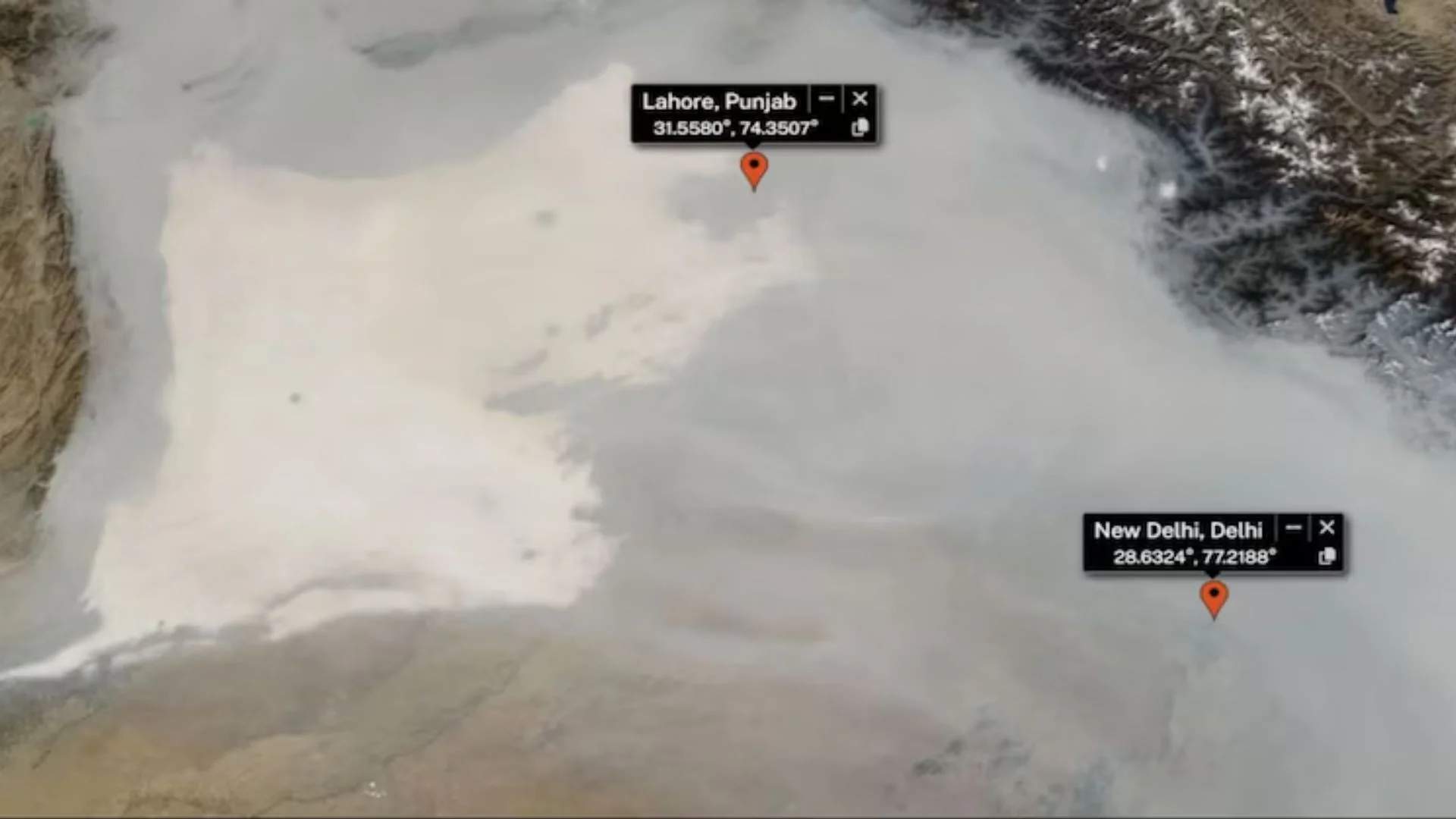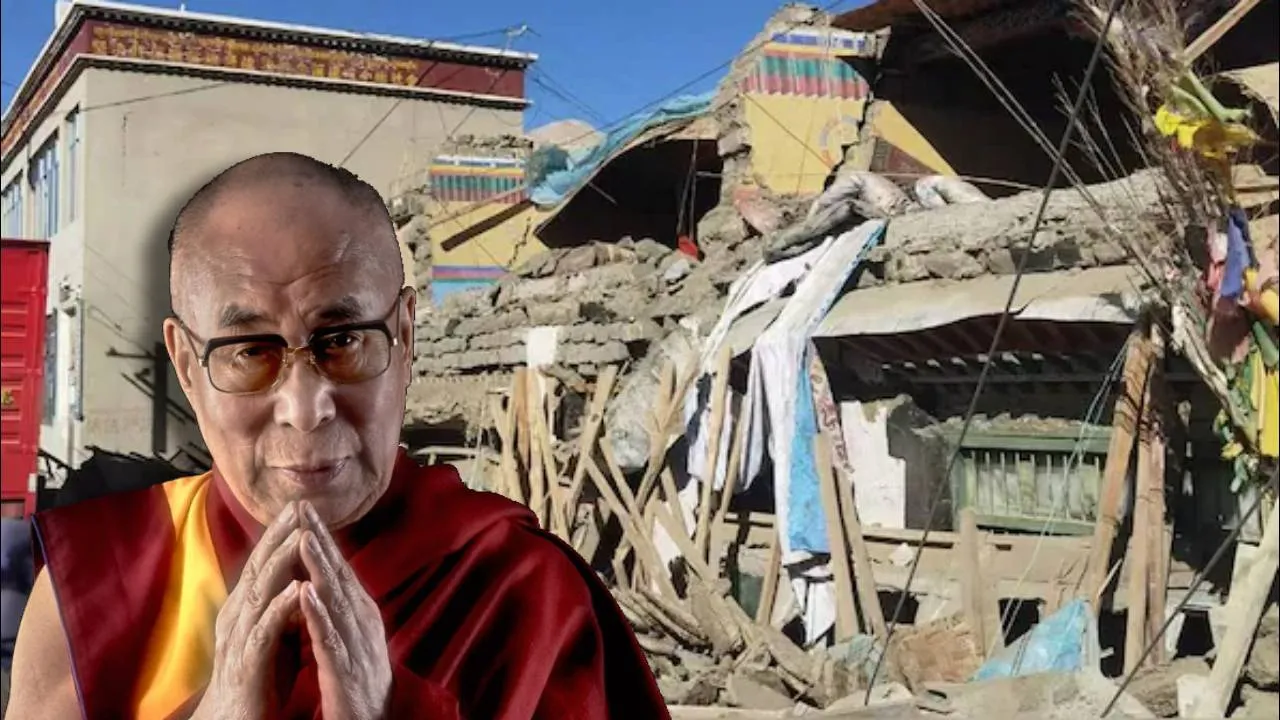A dense toxic smog has blanketed eastern Pakistan and northern India, with cities like Lahore and New Delhi suffering record levels of pollution. Satellite imagery from NASA highlights the extent of the smog, with both cities clearly marked under the hazardous cloud.
Lahore, a city of 14 million people, has consistently ranked among the world’s most polluted, but this month, pollution levels have reached new extremes. Last week, Swiss environmental group IQAir reported that Lahore’s pollution index hit an alarming 1165, well above the threshold considered dangerous. In New Delhi and surrounding areas, pollution levels hovered around 350, which is also considered hazardous. The Air Quality Index (AQI) scale defines levels above 300 as “hazardous,” and anything over 50 as risky.
In response to the alarming levels of smog, Pakistani authorities have closed schools in Lahore until November 17 to protect children from harmful exposure. In nearby Multan, air quality readings surpassed 2,000, severely impacting public health. Authorities have also implemented restrictions on public spaces, banning access to parks, zoos, playgrounds, and other recreational areas, while vehicles with high pollution emissions have been prohibited.
A “smog war room” has been set up in Punjab province, where various departments are working together to tackle the issue. The smog is largely the result of industrial emissions, vehicle exhaust, and agricultural stubble burning, which is trapped in the atmosphere during cooler temperatures and weak winds. The air is dominated by PM2.5, fine particulate matter that can travel deep into the lungs and bloodstream, causing serious health problems such as strokes, heart disease, lung cancer, and respiratory illnesses, particularly in vulnerable populations like children and the elderly.
According to the World Health Organization (WHO), long-term exposure to air pollution significantly increases the risk of various health issues, with children especially vulnerable to cognitive impairments and respiratory diseases.






















